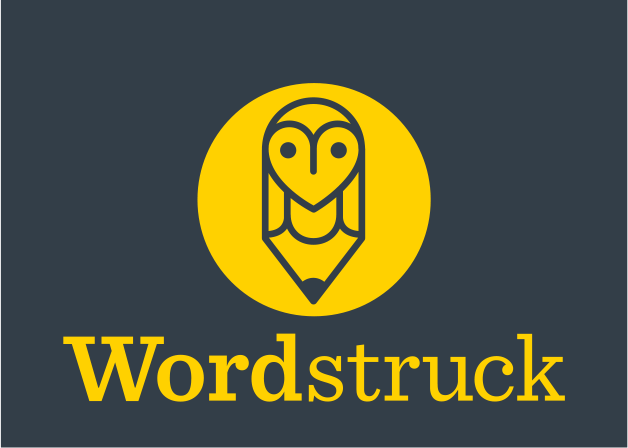There’s nothing worse than having a conversation with someone, especially on a topic that’s important, and you see the other person’s eyes glaze over. Or stare into the mid-distance. Story listening is essential to being a good communicator. Here’s how to do it well.
1. Remember that communication is a two-way experience. Now, more than ever, the way people do business is participatory. It’s no longer the broadcast, top-down way of communicating. Social media has changed that for ever. Increasingly, it’s about a dialogue — which means active listening.
Author Steve Denning puts it like this: ‘Obviously, I’m a great fan of storytelling. And yet, I have to say, there’s also something basically wrong with the term, “storytelling”. If you take it literally, it implies a kind of one-way relationship: “I tell and you listen.” The kind of storytelling that I advocate in The Secret Language of Leadershipis very much two-way. It’s interactive. There’s at least as much “story listening” as “storytelling”.’
To become a good story-listener, ask the right questions. If you ask:
- ‘why’ or ‘what’ – you’re likely to get an opinion
- ‘how’ – you’re likely to learn the process
- ‘when’ and ‘where’ will usually get a story because it takes people to a specific moment in time. Such as, ‘When did you move house?… I moved house in 2008… it was just after the GFC…’
- But the simplest question to ask is, ‘What happened?’
2. Active listening doesn’t mean just waiting for your turn to speak. It means being fully engaged. So, no checking on your phone while listening to a friend recount her day. Show her that you’re interested by occasionally nodding, asking questions, and saying ‘yes’ or ‘uh huh’. These appreciative noises tell the other person you are engaged.
Nancy Kline has done pioneering work on the power of listening in The Thinking Environmentwhich shows how people can actually think — and therefore communicate — better when they are listened to in a respectful way. In fact, that people’s freshest thinking happens when they know they won’t be interrupted. Having done two trainings in this approach, I can attest to this. It’s amazing that when we know we aren’t going to be interrupted, we actually go deeper in our thoughts. It allows us to relax — and for the person listening, they stay curious and the whole experience is more enriching.
3. Don’t interrupt or redirect a conversation to your agenda.In short, stop being a conversation hog. Take turns speaking but respectfully wait for your turn. Avoid thinking of your answer while the other person is talking: that will take away your attention from them and they will notice (and feel it). Also, remember that people pick up on non-verbal cues, so stay present while they are talking.
4. Be open and don’t judge.Try not to impose your opinion on someone else. Come into any conversation with the mindset that you can agree to disagree. Withhold blame and criticism.
5. Feedback encourages a deeper dialogue.Be able to receive and provide feedback. Acknowledge what the other person is saying by reiterating what you understand from the conversation. Say things like, ‘Do you mean…’ or ‘From what I gather…’, ‘If I’m hearing you right…’ This tells the other person that you are not only listening but also processing what they are saying, encouraging them to say more.
Now, go forth, and listen with whole-ears and whole-heartedly, and see what a difference it makes.





